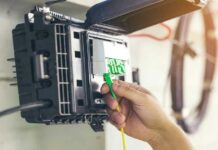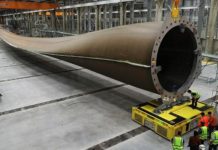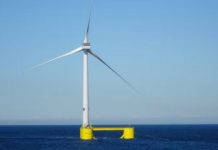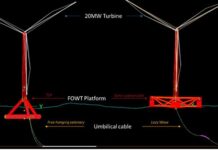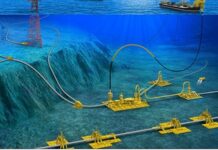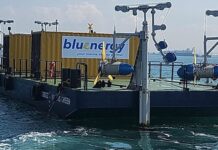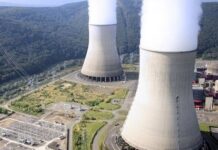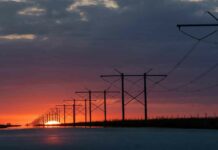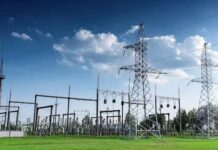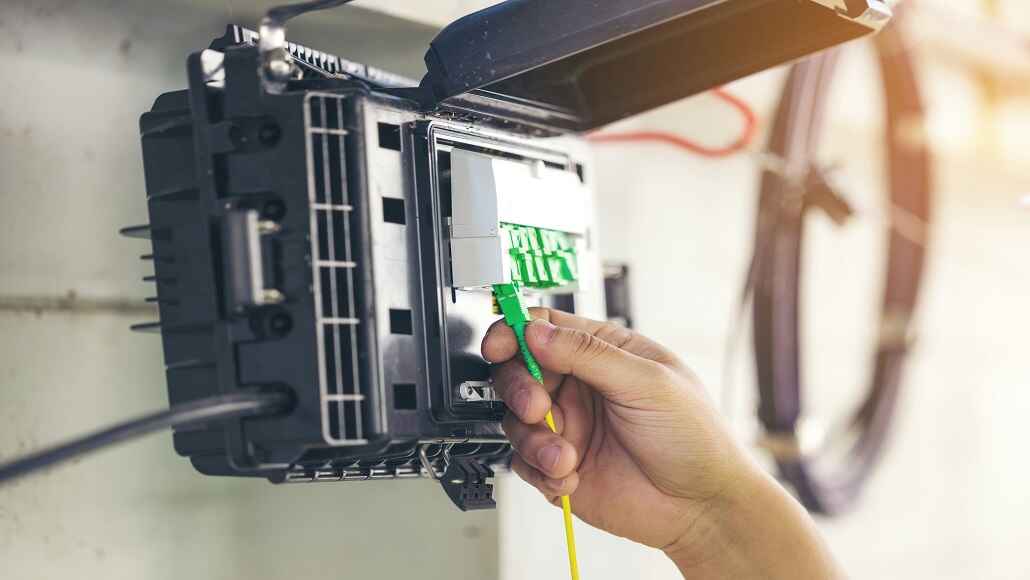Renewable power systems are drastically transforming the production and consumption of electricity as the pace of global energy transition quickens. Now, energy grids simply can’t operate without solar panels, wind turbines, and other forms of distributed energy resources (DERs). However, while green sources of energy have become increasingly popular, they’ve also made the stability and dependability of grids more difficult. This is particularly so since these sources of energy are not always available. In this dynamic world, smart inverters with sophisticated control modes have become a critical means of maintaining the grid stable and efficient.
Smart inverters differ from normal inverters since they possess additional features that allow them to interface with the grid in a dynamic manner. As a bridge between green energy devices and the power grid, these devices convert the DC (direct current) electricity that solar panels or batteries produce into AC (alternating current) electricity that the grid can use. Smart inverters stand out because they can manage disturbances in the grid, regulate voltage and frequency, and provide additional services. These are all significant in ensuring that the energy system is robust and resilient.
The Role of Smart Inverters in Modern Grids
Smart inverters are gaining popularity due to the necessity of maintaining the grid stable as the number of distributed energy resources increases rapidly. The previously centralized grid is increasingly becoming decentralised as more households and companies install solar panels on their rooftops or become part of community energy schemes. This shift has several positive aspects, such as reducing carbon emissions and saving energy expenditure, but it also makes it more difficult to regulate energy flows and maintain the grid stability.
The majority of conventional inverters are designed to convert DC electricity to AC energy. They do not have the capacity to regulate voltage or frequency, nor can they respond to rapid changes in the grid. This restriction brings a great number of issues, particularly when green energy generation is high or demand shifts rapidly. For example, excessive solar energy during the peak sun hours of the day may lead to voltage spikes, while sudden declines in production on cloudy days might leave the grid unstable.
They are mitigated by smart inverters that possess enhanced control modes enabling them to assist the grid. Inbuilt features like voltage and frequency ride-through, reactive power regulation, and active power control exist in such products. Smart inverters provide equilibrium between demand and supply, lessen disturbances, and render the grid stronger on aggregate by dynamically responding to the condition of the grid.
Advanced Control Modes in Smart Inverters
One of the most promising developments in smart inverter technology is the creation of sophisticated control modes, which enable inverters to deliver ancillary services typically carried out by traditional power plants. These control modes are:
- Voltage Ride-Through and Regulation: Voltages can be sensed by smart inverters, and corrective measures can be initiated to stabilize the grid. For example, if there is a voltage sag in the grid, the inverter can provide reactive power injection to recover the voltage within acceptable limits.
- Frequency Ride-Through and Regulation: Frequency fluctuations happen when energy supply and demand get out of balance. Smart inverters have the ability to modulate their power output to support a stable frequency so that the grid can operate dependably.
- Active and Reactive Power Control: Smart inverters have the ability to control both active and reactive power transmission, allowing them to maximize energy distribution and minimize power loss in the grid.
- Anti-Islanding Protection: When there is a grid failure, smart inverters are able to sense the loss of connection and avoid the creation of an “island,” where part of the grid continues to function autonomously. This is important to maintain the safety of maintenance personnel and avoid damage to equipment.
These smart control modes render smart inverters crucial to grid integration of high shares of renewables. With their active engagement in grid management, such inverters revolutionize renewable energy systems from passive power generators to active participants in ensuring grid stability.
Enhancing Grid Stability with Smart Inverters
Grid stability is a cornerstone of reliable energy systems, and smart inverters play a pivotal role in achieving this stability. For instance, during peak solar generation periods, smart inverters can curtail excess power output to prevent voltage spikes that could damage grid equipment. Conversely, during low generation periods, they can draw on energy storage systems to maintain a steady power supply.
Smart inverters also increase grid resilience by supporting dynamic grid support. In contrast to conventional inverters, which shed during grid faults, smart inverters can ride through these faults and remain in operation. This feature is most important when there are severe weather conditions, such as hurricanes or heatwaves, that lead to widespread grid outages. By staying in operation during these times of need, smart inverters allow critical services, including hospitals and emergency response facilities, to maintain access to power.
Another significant advantage of smart inverters is their capability to sustain microgrids and other distributed energy systems. For a microgrid environment, smart inverters regulate energy distribution in the local network, ensuring stability and efficiency within the system even when off-grid. They are therefore perfect for rural electrification, island communities, and other locations where centralized energy infrastructure access is low.
Driving Sustainability and Efficiency
Apart from enhancing grid stability, smart inverters play an important role in the larger objectives of sustainability and energy efficiency. By maximizing the integration of renewables, these devices minimize dependence on fossil fuels and decrease greenhouse gas emissions. For instance, a study by the National Renewable Energy Laboratory (NREL) revealed that the mass deployment of smart inverters would be able to raise the hosting capacity of solar energy systems on the grid by as much as 50%.
Smart inverters also promote energy efficiency through the reduction of power losses when transmitting and distributing energy. The capacity to handle reactive power flows lessens the load on grid infrastructure, which increases the equipment’s lifespan and reduces maintenance. For consumers, this means lower energy bills and a reduced carbon footprint.
Challenges and Future Outlook
While their many advantages, the deployment of smart inverters is not without hurdles. One of the main obstacles is the absence of standardized policy and regulations governing the incorporation of these devices into current energy frameworks. Policymakers and utilities need to come together to create frameworks that facilitate the use of smart inverters in a way that is compatible with legacy grid infrastructure.
A second challenge is the high initial cost of smart inverters compared to conventional inverters. Nevertheless, the long-term benefits of energy efficiency and reduced maintenance costs tend to recoup this initial expense. Incentives and subsidies, like tax credits for installations of renewable energy systems, also help speed the transition to smart inverters.
In the future, the prospects of smart inverters are promising, with continued technology advancements set to further increase their capabilities. Future innovations, including artificial intelligence and machine learning, are likely to further improve the performance of smart inverters through predictive analytics and automated decision-making. For example, AI-enabled inverters might predict grid disruptions and modify their operations in anticipation, further improving grid stability and efficiency.
Conclusion
Intelligent inverters with sophisticated control modes are a revolutionary step ahead in the pursuit of grid stability, reliability, and sustainability. By allowing dynamic grid support, maximizing energy flows, and making integration of renewables easier, these devices are revolutionizing the role of inverters in contemporary energy systems.
As the globe shifts towards a cleaner and more decentralized energy future, smart inverters will continue to be at the cutting edge of innovation, enabling utilities, communities, and consumers to create robust and efficient energy systems. With ongoing investment, cooperation, and technological innovation, smart inverters can transform the energy landscape, providing a sustainable and reliable power supply for generations to come.


